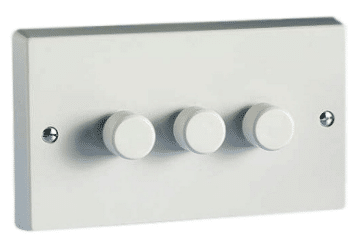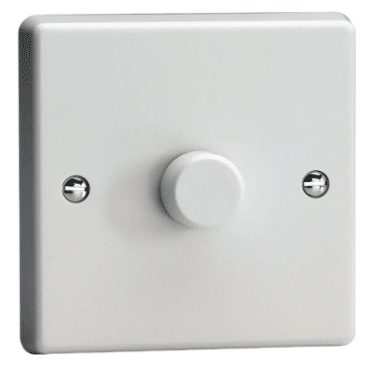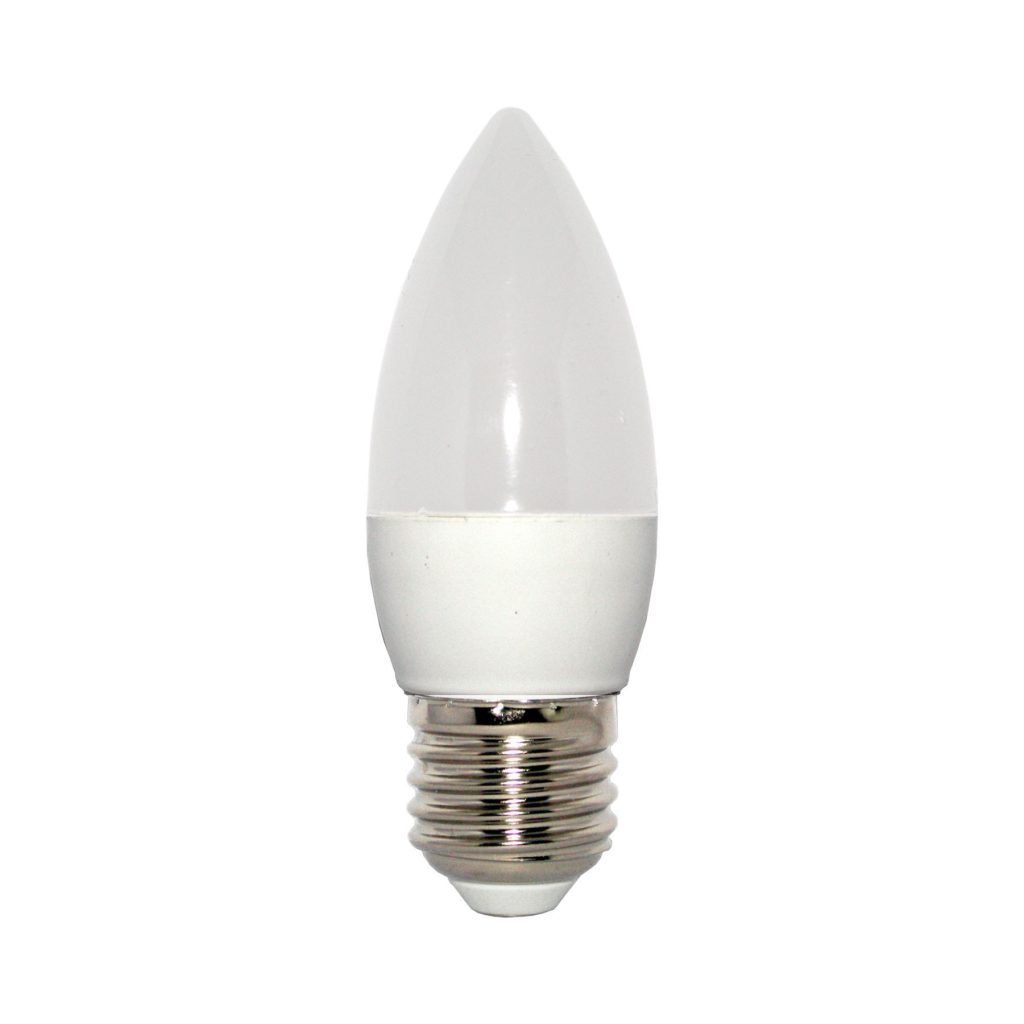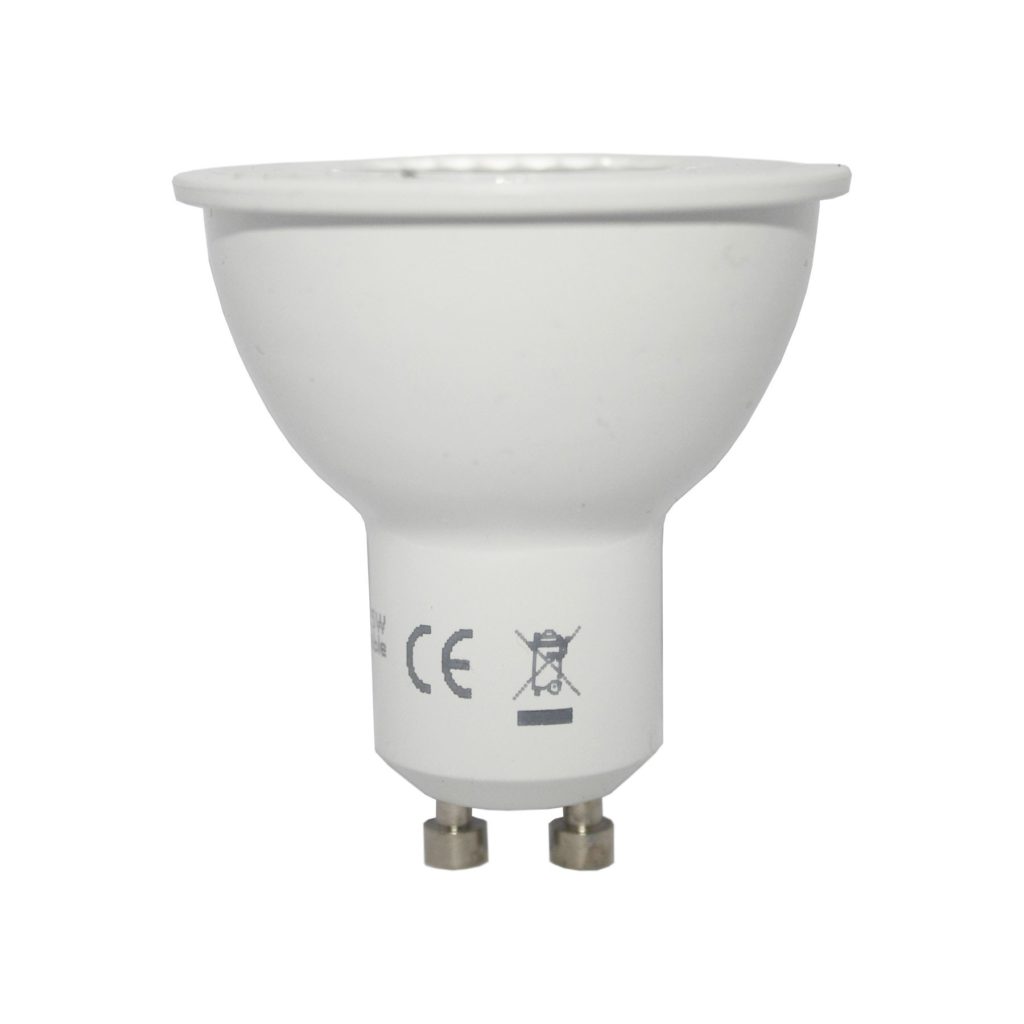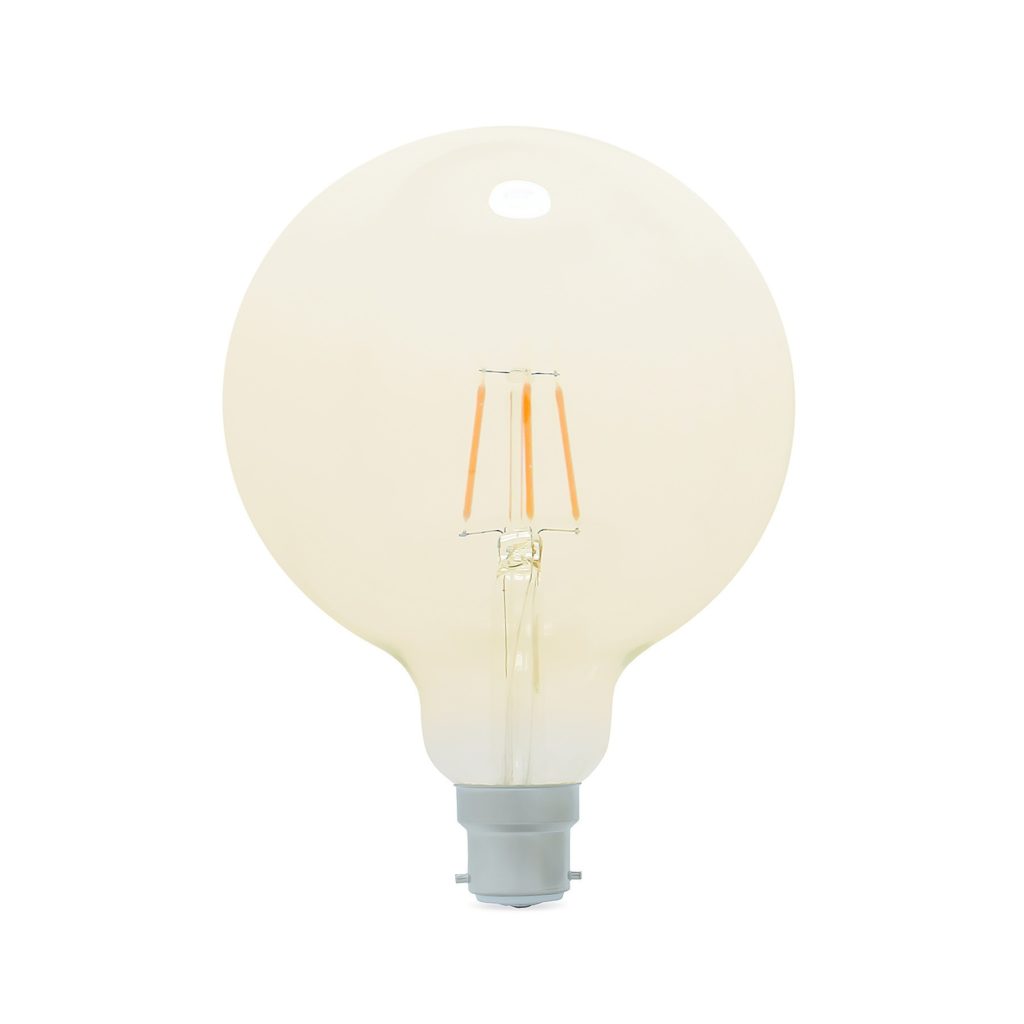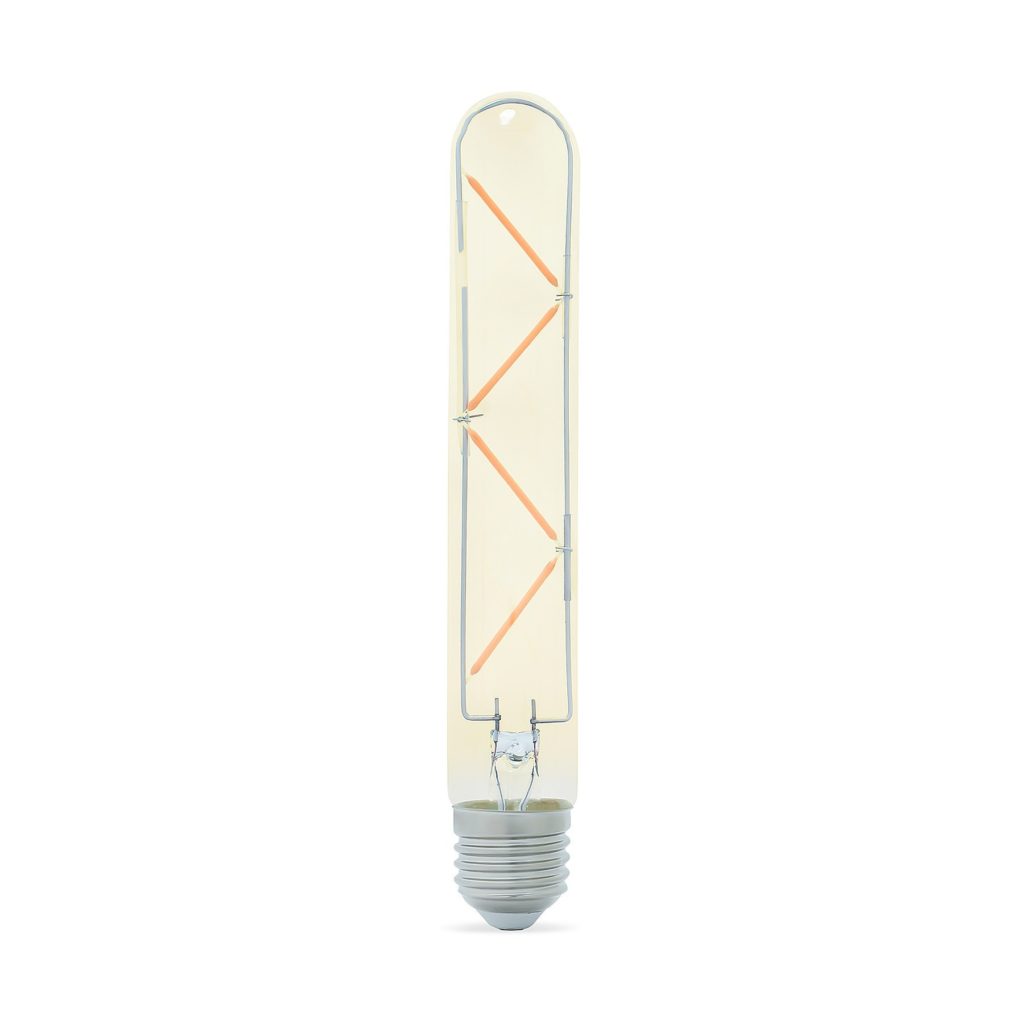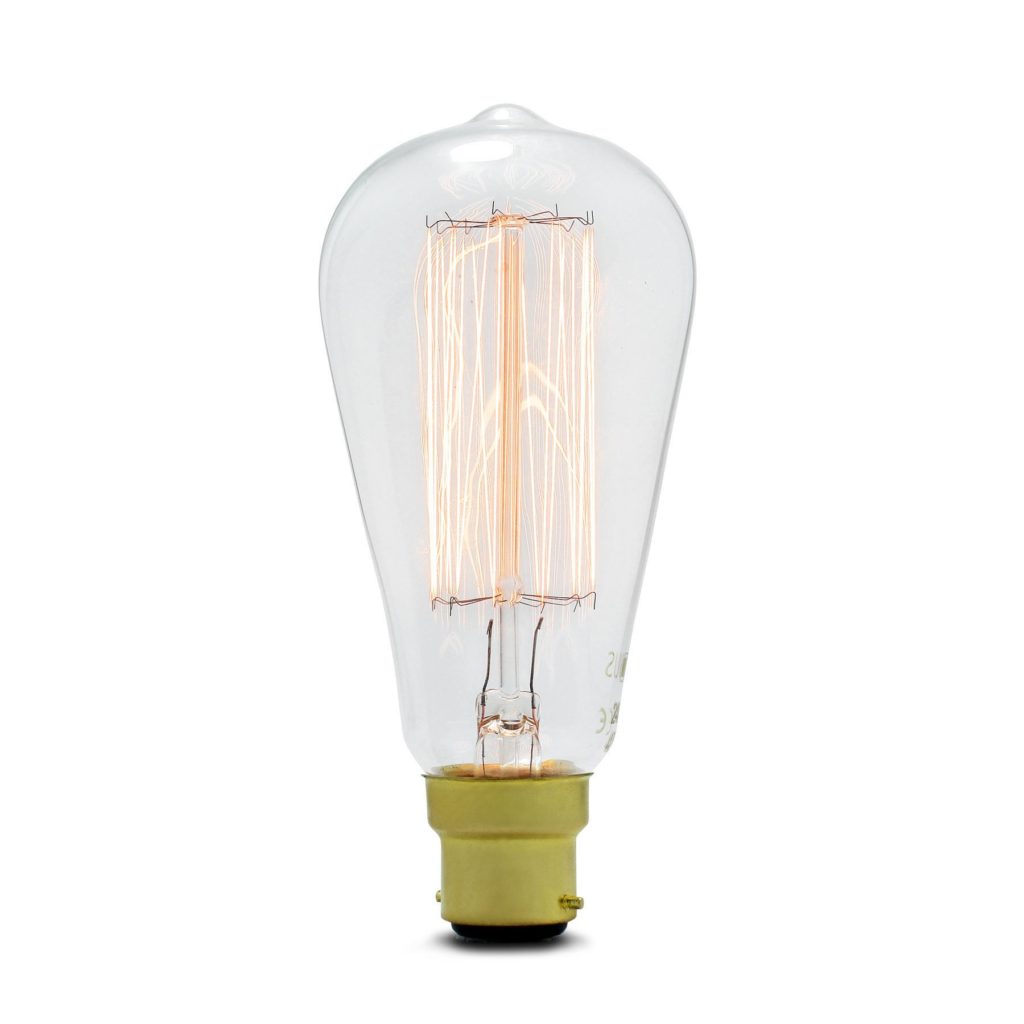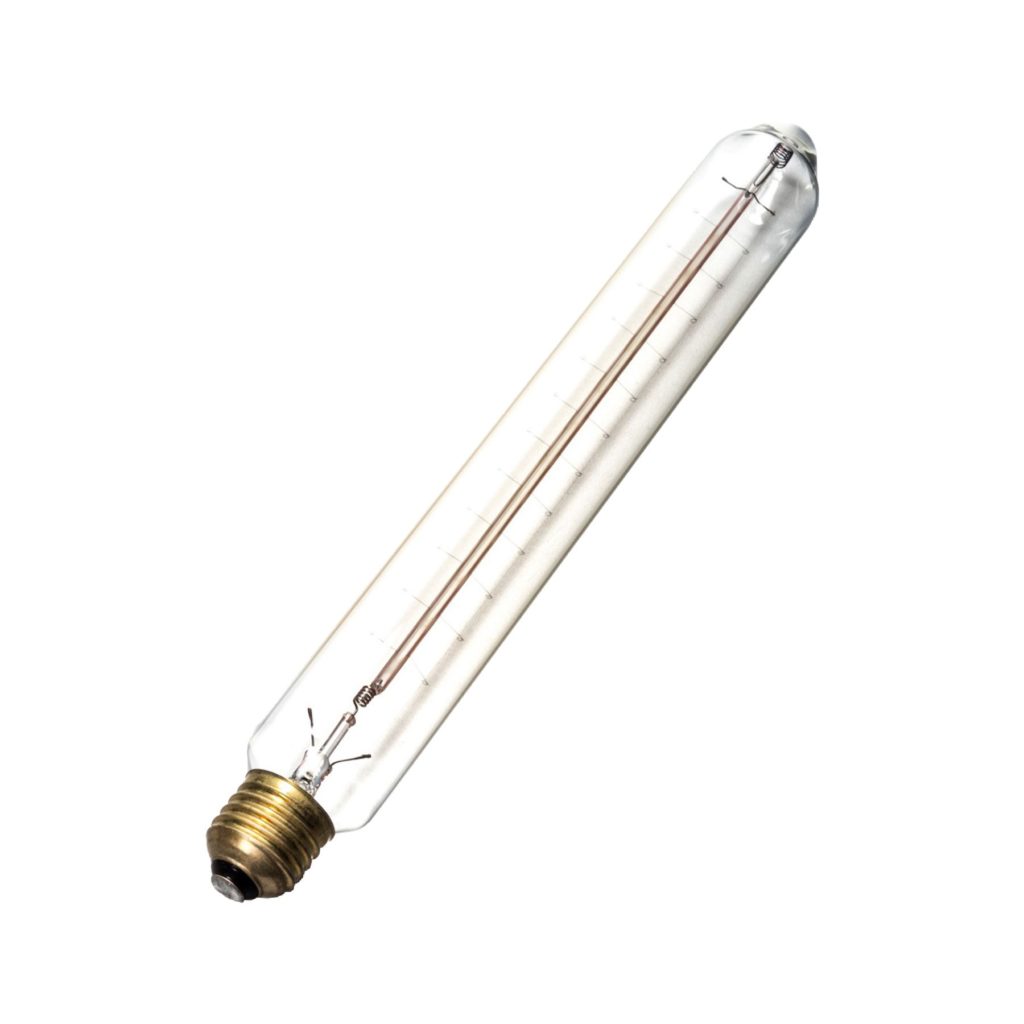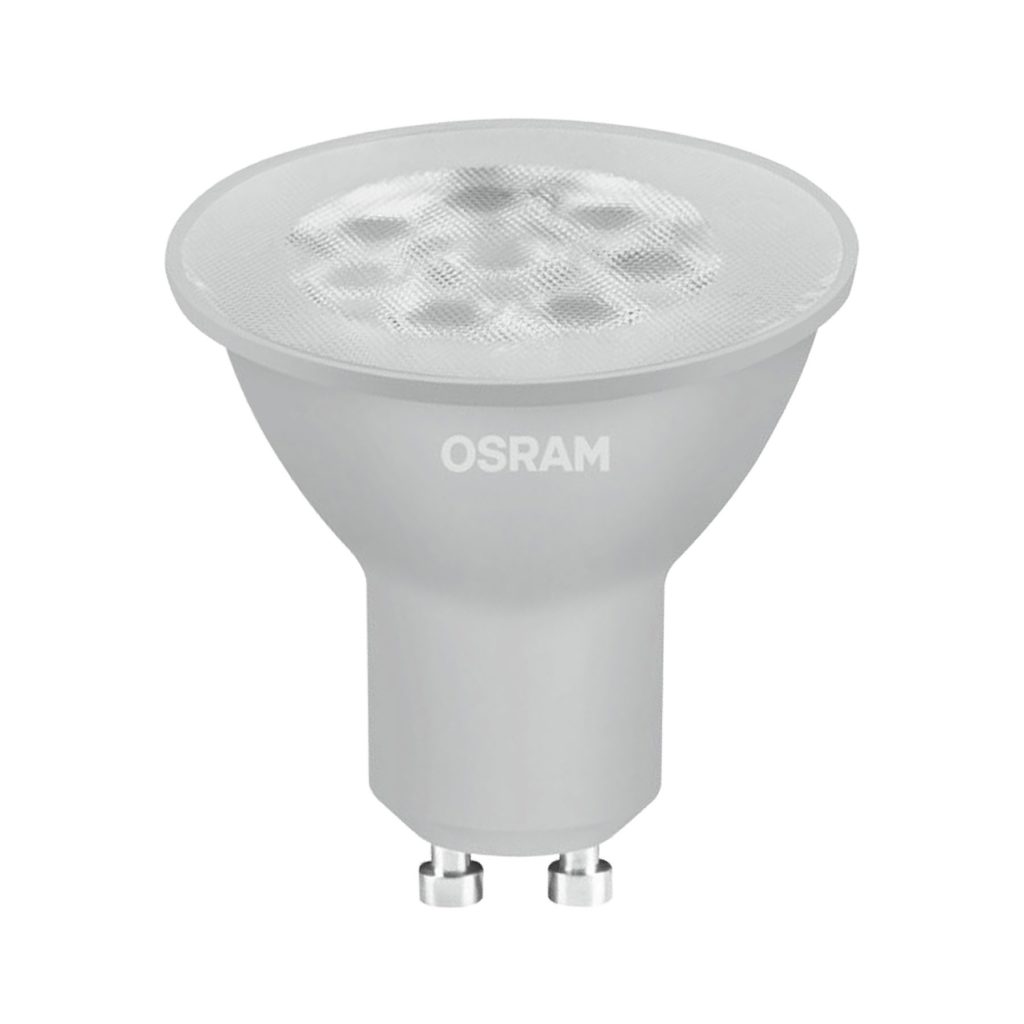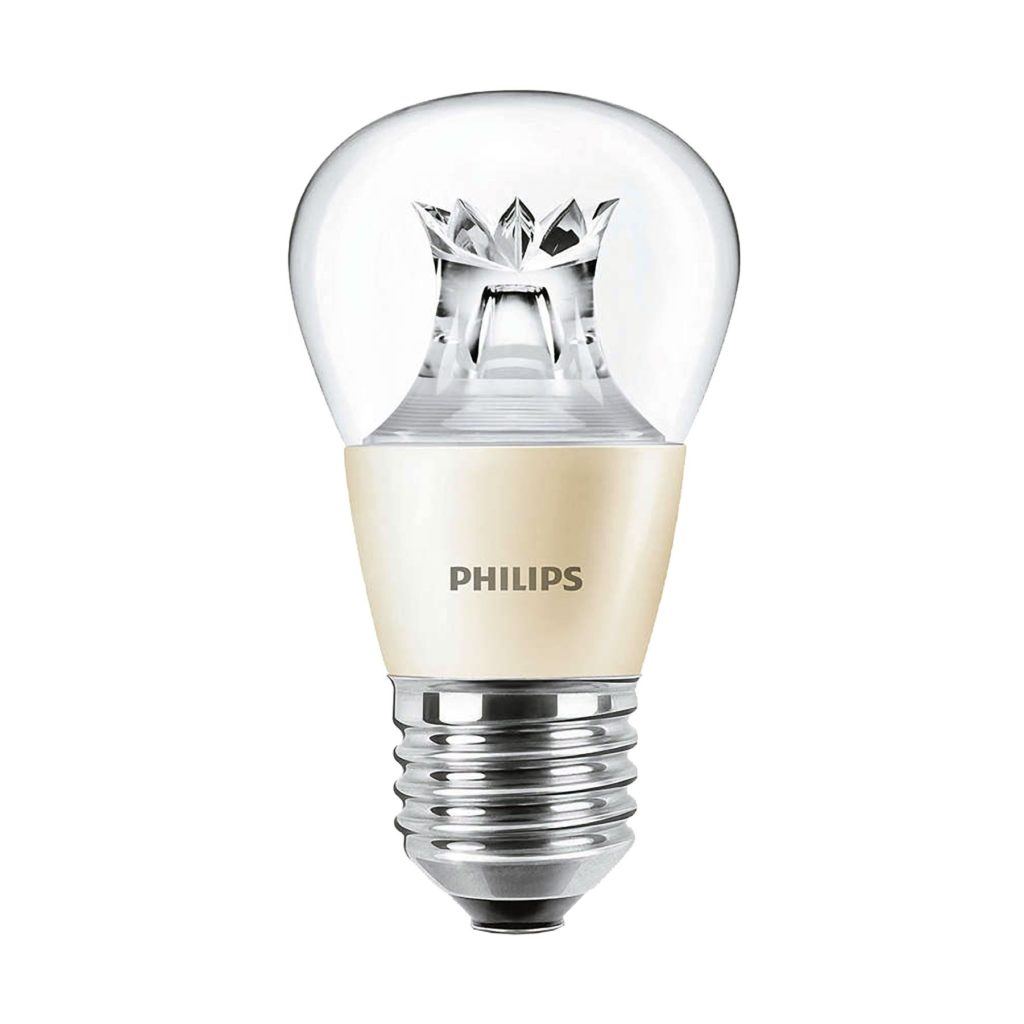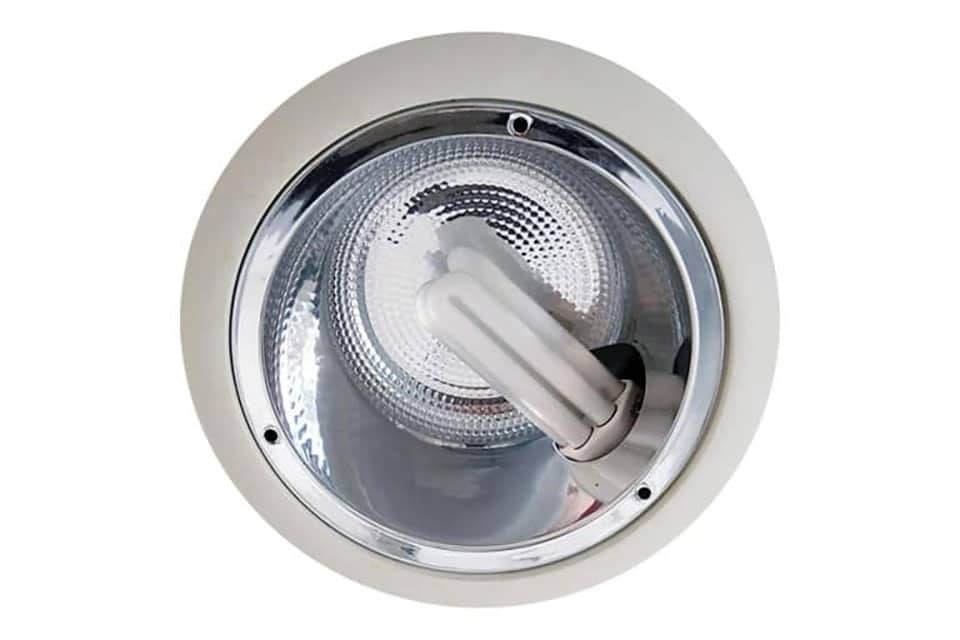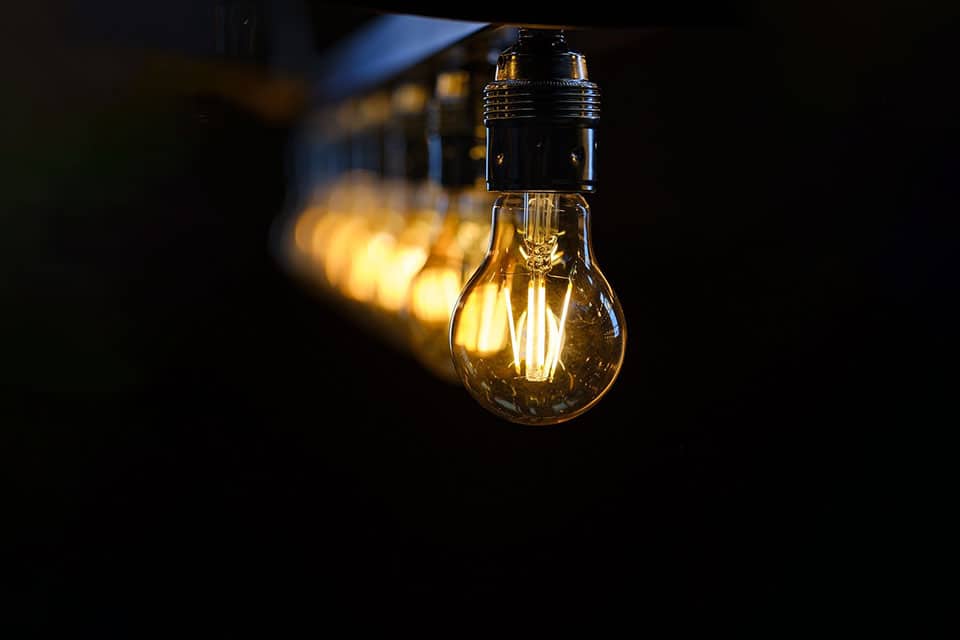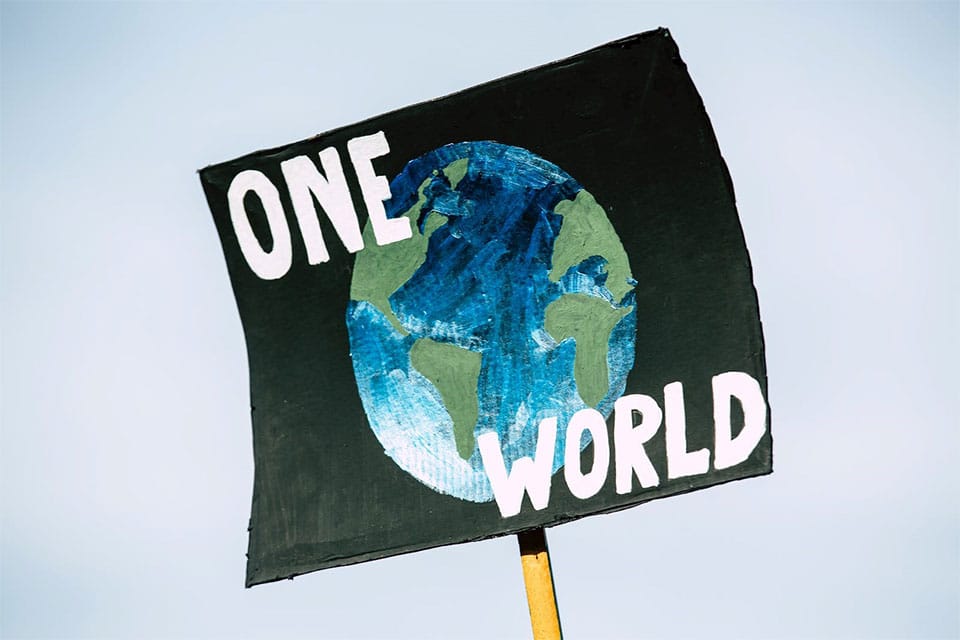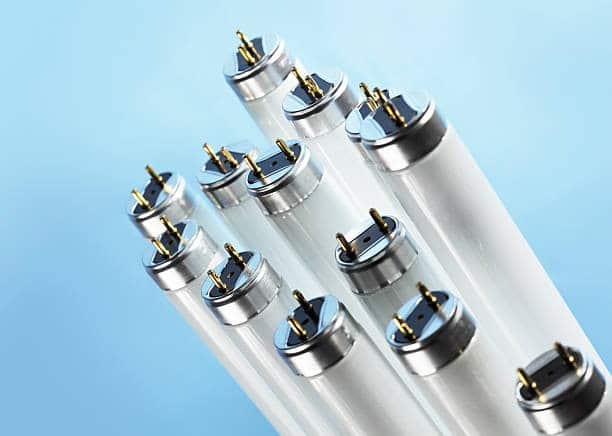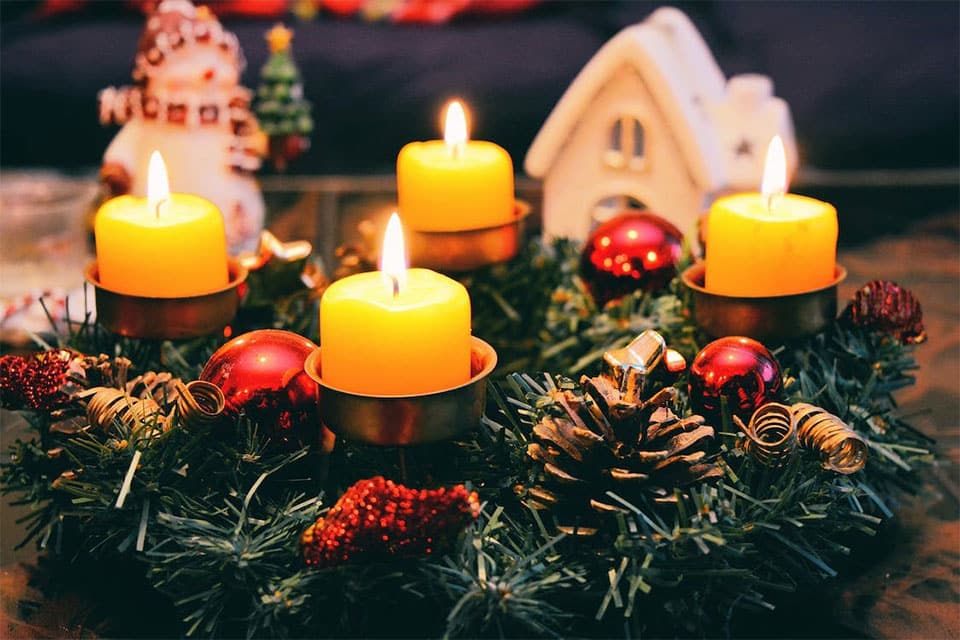Have you moved into your new flat only to find it’s darker and dingier than you remember? Or maybe you’ve simply grown tired of the lack of natural light in your current home? Either way, a lack of natural light can impact your productivity, your health and well-being, and even your energy use.
Not having enough windows can be a big problem when it comes to letting the light in, but a lack of windows isn’t the only thing that makes a space dark. Paint colour, curtains, decor, and bad lighting are all contributing factors that can be easily fixed. Things like painting can be a large undertaking and aren’t always possible in a rental, so before you completely redecorate, try these lighting tips to brighten up your abode:
Lighten up
Improving the lighting in your home is one of the most obvious and easiest ways to boost brightness in a dark space. There are a few different factors to consider, such as types of lighting, the placement of your fixtures, dimmers, and lumens:
Types of Lighting
There are three main types of lighting that should be incorporated into your lighting design plan:
- Task – Focused lighting that is useful in areas that require attention to detail, like reading nooks, kitchen prep spaces, workshops, and desks.
- Accent – Highlights decorative features, artwork, and other special items.
- Ambient (General) – Provides a steady level of lighting for the whole room, setting the mood and making it easy for you to walk around safely.
Utilizing all three of these lighting types will help create layers of light in your home, adding interest and depth to a dark room and allowing you to brighten up the spots that need it the most.
Learn more about the 3 basic types of lighting.
Well-placed Fixtures
A few well-placed, carefully-selected light fixtures are one of the most effective ways to add to the limited light from a lack of windows. Ceiling lamps shouldn’t be your only source of lighting in a dark room, but they are a great starting point.
PRO TIP: Choose a ceiling fixture that diffuses light rather than providing a single concentrated beam.The height of floor lamps also helps to draw the eye up and make the room seem bigger, and their typically slim profile makes them easy to place in dark corners or tuck them in behind furniture without taking up too much room.
Consider the following when selecting fixtures for your home:
- Washing ceilings and walls in light to reflect it back into the room.
- Using mounted fixtures to build on the light without taking up too much space.
- Brightening up wood-beam and dark-coloured ceilings with recessed lighting. Hidden lights like recessed lamps can help recreate the appearance of sunlight spilling in by providing an indirect glow.
- Installing undercabinet lighting to brighten up dark corners in kitchens and bathrooms. Undercabinet also lighting doubles as task lighting, and because LED strip lights are so easy to install, the principle of undercabinet lighting can be applied to any room you’d like.
- Reflecting light into dark corners using clear or metallic pendant lamps.
- Adding some whimsical low light to corners and room edges using versatile string, rope, and strip.
Dimmers
Dimmers are integral to a dingy room. They allow you to brighten or darken the room at will, affording you more control over the light level and overall ambience, rather than getting stuck with a particular look unless you change the bulb. You can opt for a dimmer switch with dimmable light bulbs, or avoid worrying about installation altogether with 3 step bulbs.
Dimmer Switches
3 Step Dimmer Bulbs
Lampshades
The lampshade you select for your fixture has a huge impact on the lighting in your room. What colour you select ultimately depends on your goal for that particular fixture:
- Light lampshades provide the maximum amount of light available. Light coloured lampshades diffuse the light, helping to soften it without really limiting it.
- Dark lampshades are great for creating ambience and drama because they block out some of the light, providing more concentrated light directly above and below the bulb.
If you decide to forgo lampshades altogether, consider choosing a bulb that adds interest, such as an Edison bulb:
LED Filament Bulbs
Incandescent Filament Bulbs
Light Bulbs, Lumen Level, and Colour Temperature
The light bulbs you select for your fixtures will play a huge role in dictating the quality of light you get. The lumen level and colour temperature of the light bulb are especially important to consider. In a room with little natural light, you’ll likely want a warm colour temperature, so look for a brighter bulb with dimming capabilities around 2700k or lower to create a cozy environment. Reserve cool-coloured bulbs over 4000k for lamps used specifically for task lighting to help you stay alert while you’re working.
Incandescents are renowned for their warm light, but LEDs are more energy efficient, which can help offset higher energy bills caused by a lack of natural light, and they also offer a greater variety of shades for you to choose from, including, very warm white, warm white, cool white, and daylight. If you’d prefer to have a combination, consider an LED light that’s capable of creating two different colour temperatures:
Osram Colour Changing
Philips DimTone
Additional Tips
Aside from lighting, there are some additional things you can do to improve the light levels in your room:
- Mirrors & Reflective Surfaces – Adding mirrors and other reflective surfaces can help to spread the light that you do get around the room. Mirrors can make your room look bigger and recreate the look of a window, while matte counters, tables, and other horizontal surfaces help reflect that light upwards without the harsh glare a glossy paint can create.
- Don’t Block Windows – Keep furniture and decorations away from the windows, where they will block light and create shadows.
- Light-coloured Walls – Try to avoid dark paint colours where possible. White shades or very pale colours help reflect light back into the room and make it feel bigger. If you absolutely have to have dark colours, limit it to one wall, the ceiling, or the floor.
- Shady Plants – Adding plants that can survive in shade can help perk up a room with limited light.
- Windows, Doors, and Transoms – Adding internal windows, skylights, ceiling exposures (windows between floors), glass doors, and transoms (a window above a door) helps to spread the limited natural light you do get throughout your flat or house.
- Blinds, Drapery, and Artwork – Keep blinds and drapery sheer and light coloured to avoid completely blocking light even when they are shut. Any artwork you add to the walls should be light coloured as well.
Look on the Bright Side
Low light in your home doesn’t have to be the end of the world. Rather than giving into the gloom, embrace different ways to bring the light in, artificially or otherwise. You might even grow to enjoy some of those dark spaces.
Shop our full selection of light bulbs and light fittings.
























































































